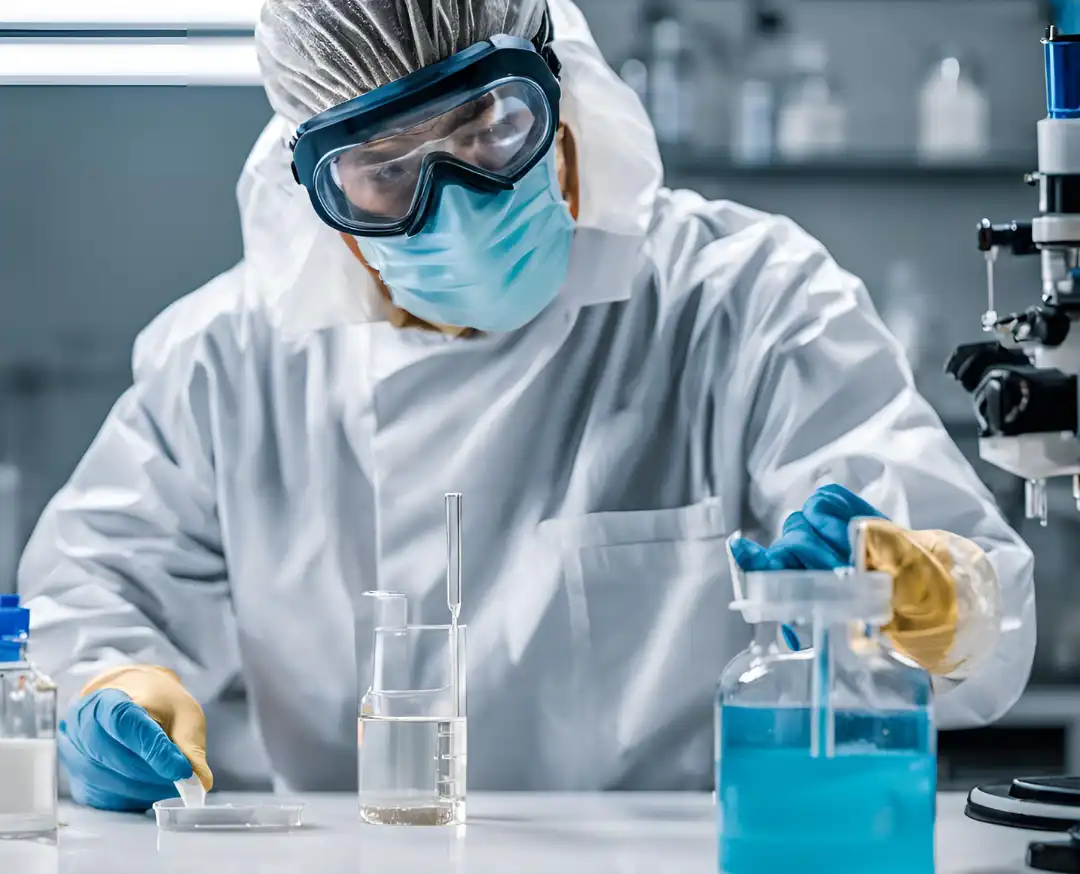La diferencia entre sensores de calidad del agua y equipo tradicional de análisis del agua radica en su tecnología, funcionalidad, velocidad y aplicación. He aquí una comparación detallada:
1. Tecnología y funcionamiento
- Sensores de calidad del agua:
- Utilizar tecnologías avanzadas como electroquímico, ópticoo colorimétrico métodos.
- A menudo integrado con sistemas digitales para la recogida y el análisis de datos en tiempo real.
- Puede conectarse a IoT (Internet de los objetos) plataformas de vigilancia a distancia.
- Equipos tradicionales de análisis del agua:
- Se basa en métodos manuales como la valoración, la comparación de colores o el análisis de laboratorio.
- Requiere la recogida física de muestras de agua para su análisis.
- A menudo implica reactivos químicos e interpretación visual de los resultados.
2. Velocidad y eficacia
- Sensores de calidad del agua:
- Proporcione resultados en tiempo real o casi instantáneos.
- La supervisión continua es posible sin intervención manual frecuente.
- Mayor rapidez en la toma de decisiones gracias a la disponibilidad inmediata de los datos.
- Equipos tradicionales de análisis del agua:
- Los resultados se retrasan debido a la necesidad de recogida de muestras, preparación y análisis de laboratorio.
- Las pruebas pueden durar de minutos a horas, según el parámetro y el método.
- No es adecuado para el control continuo.
3. Exactitud y precisión
- Sensores de calidad del agua:
- Gran exactitud y precisión, especialmente con sensores calibrados y avanzados.
- Menos propenso al error humano, ya que la automatización reduce la manipulación manual.
- Equipos tradicionales de análisis del agua:
- La precisión depende de la habilidad del operador y de la calidad de los reactivos.
- Propensos a errores humanos durante la recogida, preparación e interpretación de las muestras.
4. Portabilidad y facilidad de uso
- Sensores de calidad del agua:
- Muchos son portátil y diseñados para su uso sobre el terreno (por ejemplo, medidores multiparamétricos portátiles).
- Fáciles de usar con una formación mínima, especialmente los modelos digitales.
- Algunos sensores son sumergibles y pueden instalarse directamente en masas de agua.
- Equipos tradicionales de análisis del agua:
- Suelen ser voluminosos y requieren un laboratorio para obtener resultados precisos.
- Requiere más formación y experiencia para realizar las pruebas correctamente.
- No es ideal para pruebas in situ o sobre el terreno.
5. Coste
- Sensores de calidad del agua:
- Mayor coste inicial debido a la tecnología avanzada.
- Menores costes a largo plazo gracias a la menor necesidad de reactivos y mano de obra.
- Equipos tradicionales de análisis del agua:
- Menor coste inicial de los kits básicos (por ejemplo, tiras de pH, kits de valoración).
- Mayores costes a largo plazo debido a los gastos recurrentes en reactivos, análisis de laboratorio y mano de obra.
6. Aplicaciones
- Sensores de calidad del agua:
- Ideal para control continuo (por ejemplo, vigilancia medioambiental, acuicultura, tratamiento de aguas residuales).
- Adecuado para toma de decisiones en tiempo real en procesos industriales o situaciones de emergencia.
- Utilizado en Sistemas basados en IoT para una gestión inteligente del agua.
- Equipos tradicionales de análisis del agua:
- Mejor para control por muestreo o pruebas ocasionales (por ejemplo, pruebas de agua en el hogar, fines educativos).
- Utilizado en entornos de laboratorio para un análisis y una investigación detallados.
7. Mantenimiento
- Sensores de calidad del agua:
- Requiere calibración y limpieza periódicas para mantener la precisión.
- Puede necesitar actualizaciones de software para sistemas digitales.
- Equipos tradicionales de análisis del agua:
- Requiere la reposición de reactivos químicos y la sustitución de consumibles (por ejemplo, tubos de ensayo, tiras).
- Menos mantenimiento pero más trabajo manual repetitivo.
Cuadro sinóptico
| Característica | Sensores de calidad del agua | Equipos tradicionales de análisis del agua |
|---|---|---|
| Tecnología | Electroquímica, óptica, digital | Métodos manuales y químicos |
| Velocidad | En tiempo real o casi instantáneo | De minutos a horas (resultados diferidos) |
| Precisión | Alto (con calibración) | Depende de la habilidad del operador |
| Portabilidad | Portátil y desplegable sobre el terreno | A menudo voluminosos, de laboratorio |
| Coste | Mayor coste inicial, menor a largo plazo | Menor coste inicial, mayor a largo plazo |
| Aplicaciones | Supervisión continua, sistemas IoT | Comprobación aleatoria, análisis de laboratorio |
| Mantenimiento | Calibración, limpieza, actualizaciones de software | Reposición de reactivos, trabajo manual |
¿Cuándo utilizar Which?
- Utilizar sensores de calidad del agua:
- Para la supervisión en tiempo real, la recopilación continua de datos o la integración con sistemas automatizados.
- En aplicaciones como la acuicultura, la vigilancia del medio ambiente o los procesos industriales.
- Utilizar equipos tradicionales de análisis del agua:
- Para pruebas ocasionales, fines educativos o cuando las restricciones presupuestarias limitan la tecnología avanzada.
- En entornos en los que el análisis en laboratorio es suficiente.
Ambos tienen su lugar en la gestión de la calidad del agua, y la elección depende de las necesidades específicas, el presupuesto y la aplicación.

